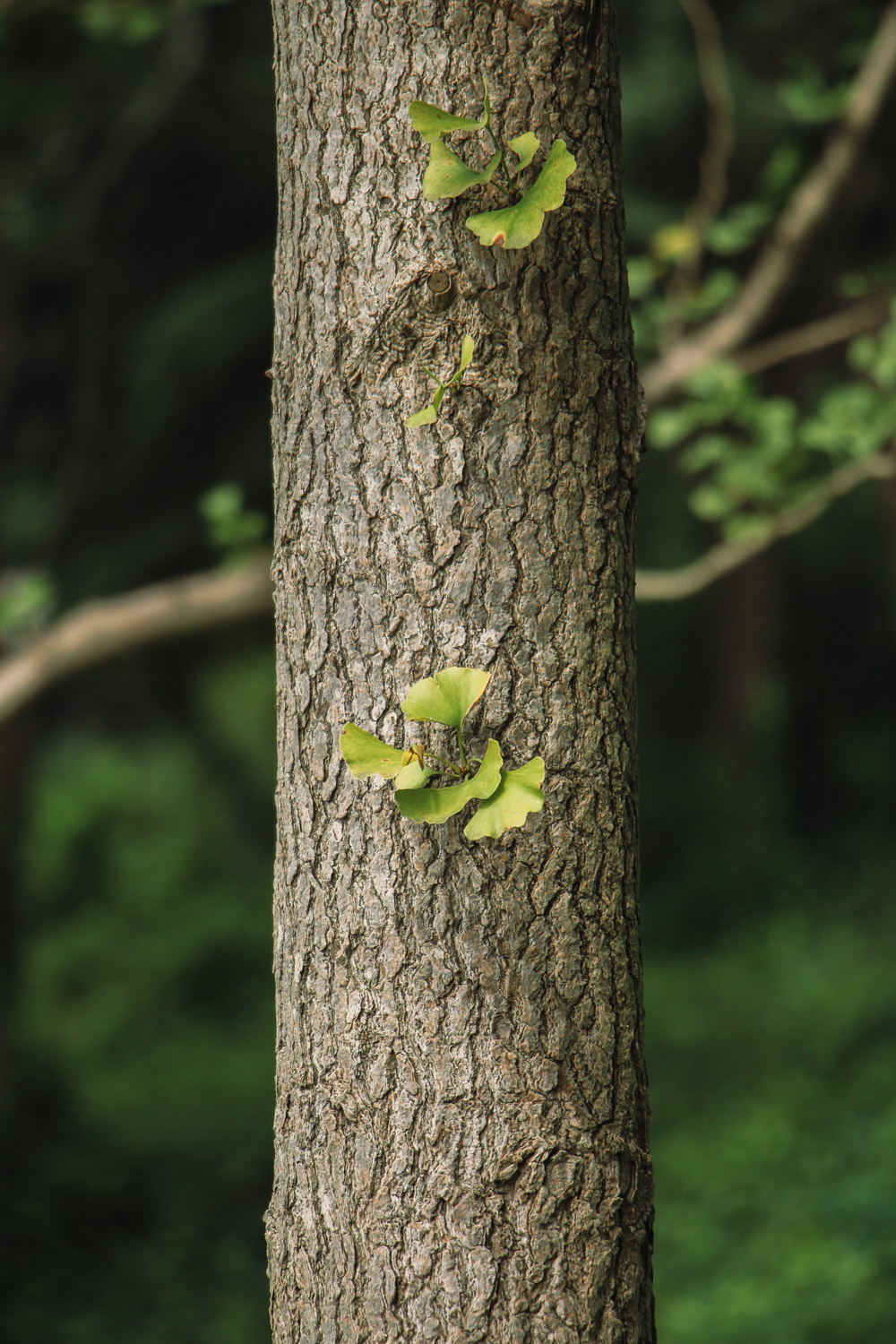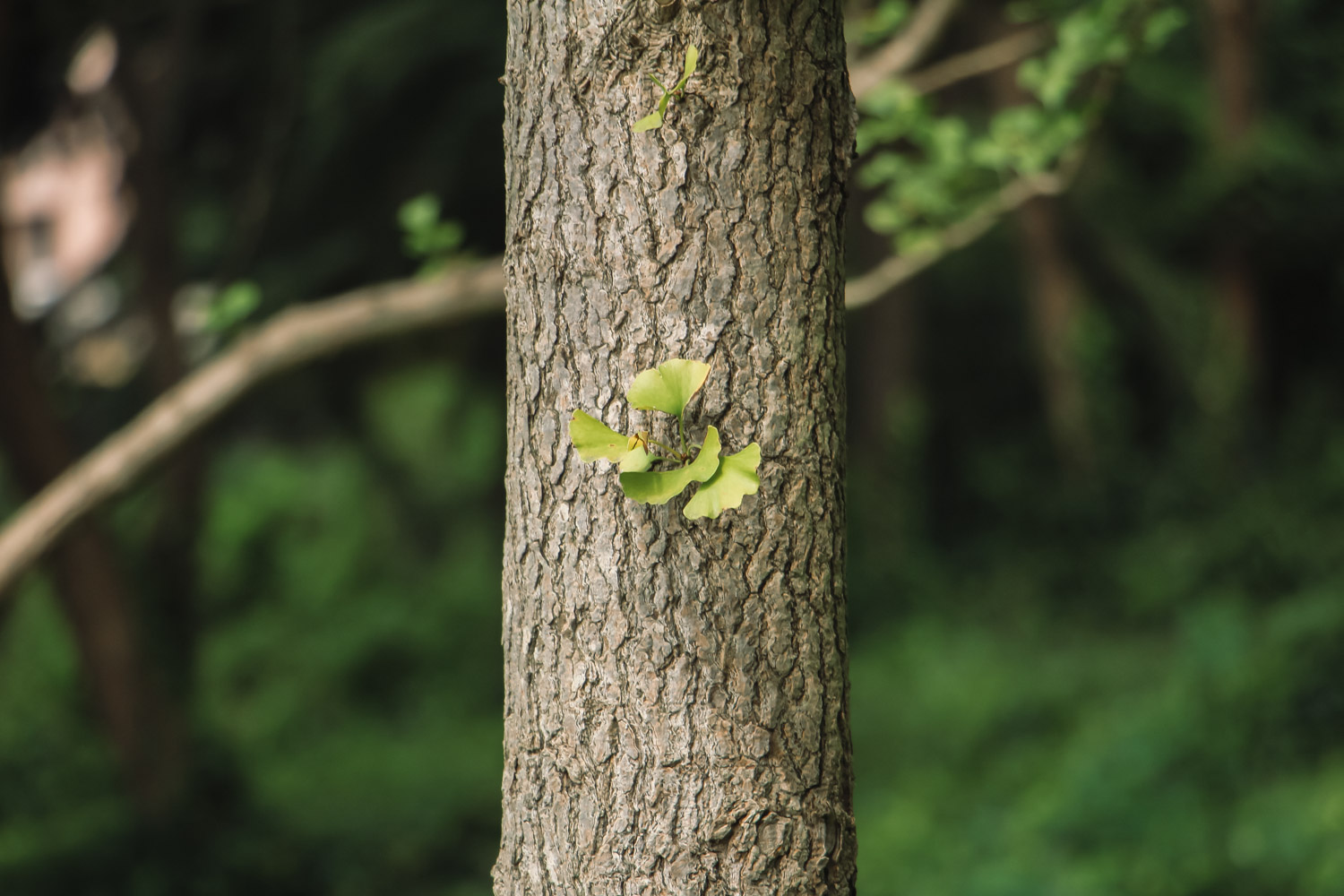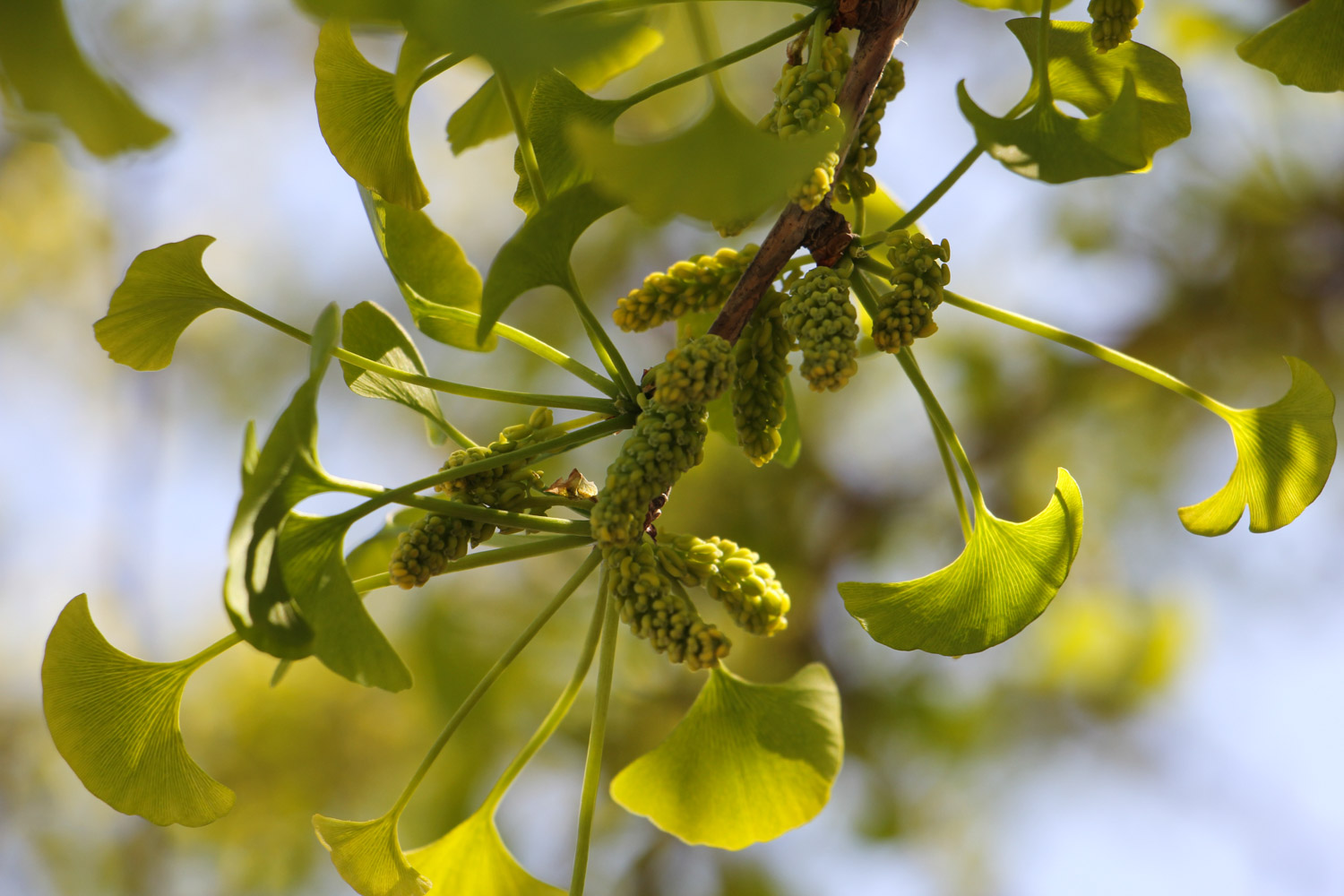1、 Isn't it
The fruit includes two parts: seed and pericarp. The seed is used for propagation and reproduction, and the pericarp can include epicarp, endocarp and mesocarp, which are unique to angiosperms. Ginkgo belongs to gymnosperm, which has no peel and no fruit. Therefore, ginkgo is its seed, not fruit. The seed has a bony aril outside, and the inner aril is membranous

2、 Nutritional value
Ginkgo contains a variety of trace elements conducive to human health, such as fat, protein, sugars, potassium, iron, calcium, phosphorus, carotene, vitamin C and some vitamins. In addition, there are unique ingredients, such as ginkgolic acid, liposterol, five carbon polysaccharide and so on, which have high nutritional value. However, when eating, pay attention to the dosage and method. Be sure to cook before eating to avoid poisoning

3、 Edible method
Ginkgo has high nutritional value and can be eaten frequently at ordinary times. When eating, it can be made into sweet soup. First boil it in a pot, then take it out, put an appropriate amount of sugar and orange peel into it, stir it, boil it, put it out and air it all night. The next day, pour out sugar water and add an appropriate amount of ginkgo. In addition, it can also be made into tremella, ginkgo and lotus seed soup, which has good taste and high nutritional value. Regular drinking can improve beauty


 jackfruit
jackfruit snake plant
snake plant hibiscus
hibiscus hydrangea
hydrangea lavender
lavender Green roses climb al...
Green roses climb al... If you don't pay att...
If you don't pay att... Management of four g...
Management of four g...


































